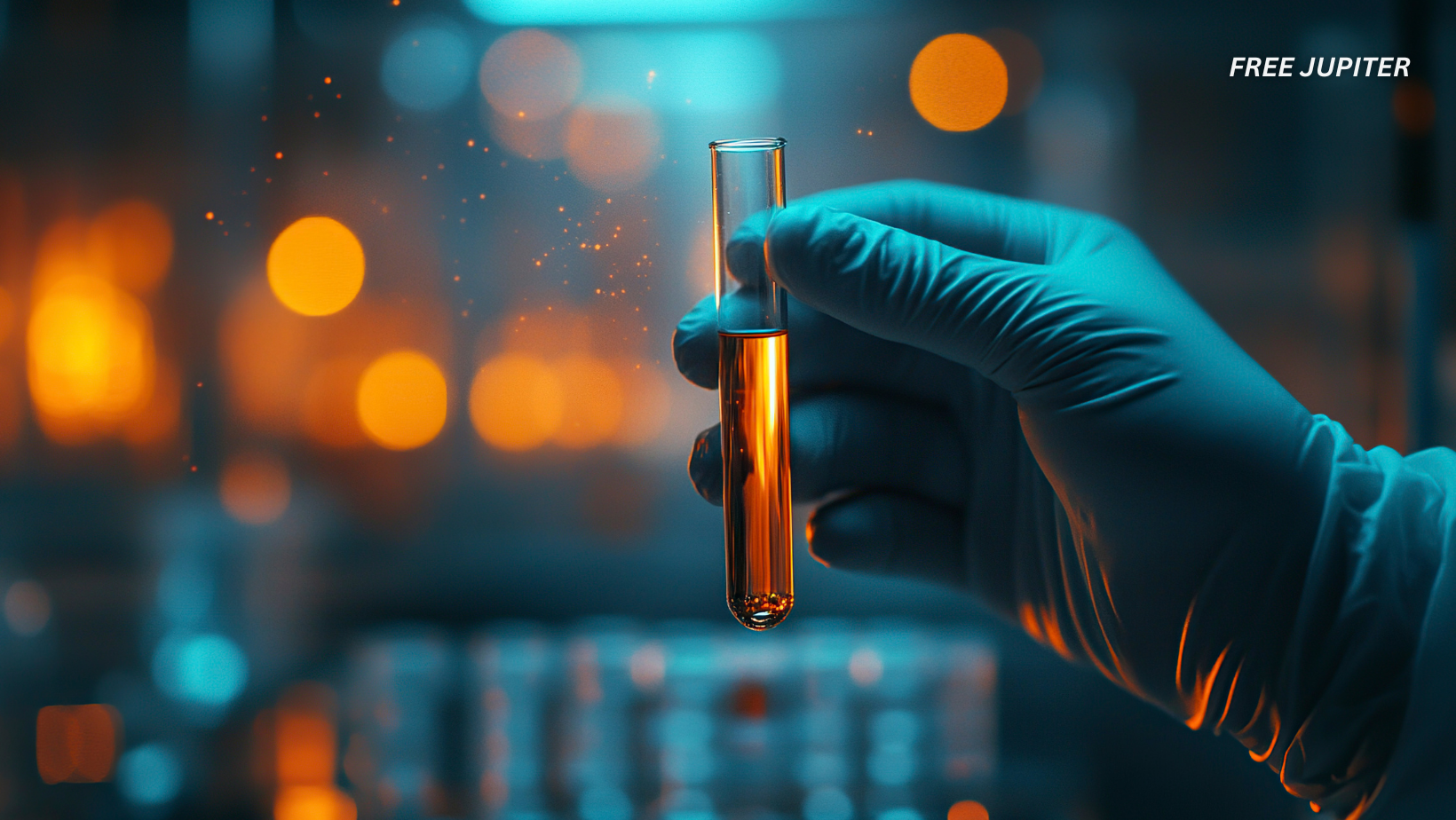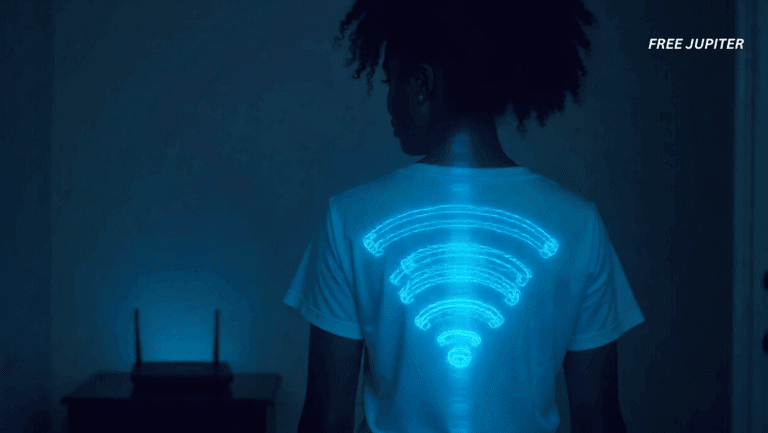When it comes to cancer, catching it early can be the difference between life and death. But unfortunately, some cancers—like pancreatic and prostate cancer—are notoriously sneaky. They often grow silently and only show obvious symptoms once they’re already in advanced stages. That’s why scientists are always on the hunt for better, easier, and faster ways to detect cancer while there’s still time to fight it.
And now, a group of researchers in South Korea may have made a major leap forward—with something as simple and familiar as… pee.
How Pee Could Help Detect Cancer
Scientists at the Korea Institute of Materials Science have developed a new urine-based test that can detect early signs of pancreatic and prostate cancer with stunning accuracy—up to 99%. The secret? A mix of advanced sensor technology and clever molecular sleuthing.
Urine, it turns out, is more than just waste. It carries clues—tiny molecules that hint at what’s happening inside the body. When cancer is present, the mix of substances in urine subtly changes. The challenge has always been figuring out how to spot those differences reliably and quickly.
That’s where the team’s new approach comes in. They designed a test strip and a handheld device that uses a technique called Surface-Enhanced Raman Scattering (or SERS for short). It sounds technical, but the gist is this: the tool zeroes in on “hot spots” in the urine—places where cancer-related molecules are more concentrated—and then amplifies their signals so they can be seen more clearly.
Once the test kit was ready, the researchers tried it out using urine samples from:
- 19 people with pancreatic cancer
- 39 people with prostate cancer
- 60 people without cancer (a mix of men and women)
And the result? The test correctly identified cancer in 99% of the samples. That’s a big deal.
Read more: Scientists Say Cancer Can Now Be Detected Years in Advance with Simple Blood Test
Why This Matters
Let’s talk numbers.
- Pancreatic cancer is particularly deadly, with only about 12% of patients surviving five years past diagnosis. It’s also getting more common, especially among younger women—most notably Black women under 55, where rates have risen over 2% in recent years.
- Prostate cancer, on the other hand, has a much higher survival rate—about 97% over five years—but it still affects 1 in 8 men. And while it’s easier to detect than pancreatic cancer, current methods can be uncomfortable, pricey, or both.
Right now, screening for these cancers typically involves CT scans, MRIs, blood work, or rectal exams—none of which are very pleasant or ideal for regular testing.
A urine test changes the game. It’s simple, cheap, noninvasive, and could easily be done more often—or even at home.
Expert Reactions: A Step Toward Early Detection
Dr. Ho Sang Jung, the lead scientist behind the new test, is hopeful. “Since early diagnosis is the most important for incurable diseases such as cancer, we expect this technology to provide a new diagnostic method,” he said.
Medical experts outside the study agree this could be big. Dr. Domenech Asbun, a surgeon at the Miami Cancer Institute, pointed out that this test uses a mix of sophisticated science—both physics and AI—to solve an age-old problem: how to detect dangerous cancers early, before they silently spread.
If these early findings can hold up in larger trials, he says, this approach could lead to real-life tools that catch cancer in its early stages and save lives.
Read more: Bats Don’t Get Cancer—Here’s What Scientists Think It Means For Humans
What’s Next? Even More Cancers and At-Home Kits
The research team isn’t stopping with just pancreatic and prostate cancer. They’re now testing their method on other cancers like lung and colorectal cancer. If the technology continues to perform well, the next dream step is turning it into a home-testing kit—the kind you could buy at a pharmacy or use with your doctor’s guidance.
According to Jung, “Because the developed diagnostic method uses urine, it is noninvasive. It would be more beneficial in terms of usability when applied for self-testing or rapid kits at home, in pharmacies, or anywhere they can provide some clinical information.”
In other words, one day soon, your bathroom medicine cabinet might contain a simple strip that gives you an early warning—possibly long before any symptoms appear.
When AI Meets Early Detection
The Rise of AI Health Apps: Diagnosing Skin Cancer from Your Smartphone
The rise of artificial intelligence in healthcare isn’t just transforming how doctors work—it’s changing how we interact with our own health. One vivid example comes from a growing number of AI-powered smartphone apps that can scan skin blemishes, moles, or rashes and alert users if something looks suspicious—potentially pointing to skin cancer.
These apps often use advanced machine learning models trained on thousands (or even millions) of dermatological images. Users simply snap a photo of the area in question, and the AI analyzes it, flagging patterns or features that match common skin cancer markers like asymmetry, irregular borders, or unusual pigmentation. While not meant to replace a dermatologist, these tools are like having a virtual doctor in your pocket—one that’s available 24/7 and doesn’t require an appointment.
Much like the new urine-based cancer test, these AI apps represent a shift toward early, accessible, and noninvasive diagnostics. They put more power directly in the hands of everyday people, giving them the ability to monitor their own health in real time.
This trend—tech-driven, user-friendly, and proactive—is becoming the future of medicine. Instead of waiting for symptoms to force us into the doctor’s office, tools like the pee test and skin cancer scanner allow us to quietly and consistently check in with our bodies. These innovations bridge the gap between science and convenience, making it easier to catch serious conditions before they spiral into medical emergencies.
As these technologies improve, it’s not hard to imagine a near future where a single home health station—maybe the size of a shoebox—can scan your skin, test your urine, analyze your voice for stress, and monitor your breath for illness indicators. With AI analyzing data in real time, and sensors getting smaller and smarter, the line between clinic and home is blurring fast.
In this context, the urine-based cancer detector doesn’t just stand out as a breakthrough—it fits right into a broader pattern of digital health democratization, where everyone, regardless of income or geography, could soon have access to life-saving information with just a few clicks or swipes.
Read more: The First AI Platform for Breast Cancer Prediction Has Been Approved By The FDA
In a Nutshell
A new test that uses urine to detect deadly cancers could soon make early diagnosis as easy as peeing on a stick. With near-perfect accuracy, painless sampling, and potential for at-home use, this innovation might help rewrite the rules of cancer detection—and possibly save countless lives in the process.










